[Article]: Power Meters and Torque Sensors in Cycling: The Ultimate Guide
Power meters and torque sensors have revolutionized competitive and recreational cycling by enabling riders to train and race based on data — not guesswork. Understanding how these devices work and choosing the right one can dramatically improve performance, recovery, and training efficiency.
What Is a Power Meter?
A power meter is a device that measures the power output (in watts) a cyclist produces while pedaling. It uses torque sensors to calculate the force applied and combines it with cadence (pedal speed) to compute power:
Power (Watts) = Torque × Cadence × Constant
This real-time data helps cyclists gauge effort, pace themselves during races, and structure interval training for optimal performance.
How Torque Sensors Work in Cycling
Torque sensors measure the twisting force applied to a component — usually a crank, pedal, spider, or rear hub — using strain gauges. These strain gauges detect micro-deformations caused by pedaling force and convert them into electrical signals.
These signals are processed and transmitted wirelessly (typically via ANT+ or Bluetooth) to a bike computer, smartphone, or training platform.
Main Types of Power Meters
- Crank-Based Power Meters: Installed on crank arms or spiders. Accurate and widely used in pro cycling.
- Pedal-Based Power Meters: Easy to install and switch between bikes. Provide left/right leg balance data.
- Hub-Based Power Meters: Measure torque in the rear hub. Less common today, but still reliable.
- Chainring-Based Meters: Located in the spider or chainring. Very precise for consistent riders.
- Bottom Bracket Meters: Hidden inside the frame, with limited visibility and harder calibration.
Benefits of Using Power Meters in Training
- Objective Performance Tracking: Unlike heart rate, power is an instant, external measurement not affected by fatigue or temperature.
- Efficient Training Zones: Power-based training zones help structure workouts for endurance, threshold, or sprint capacity.
- Accurate FTP Testing: Functional Threshold Power (FTP) defines training intensity more precisely than traditional metrics.
- Race Pacing: Time trialists and climbers can avoid burnout by sticking to planned wattage outputs.
- Recovery Management: Monitoring Training Stress Score (TSS) and intensity factor (IF) helps prevent overtraining.
Popular Power Meter Brands
- SRM – High-end, gold standard for accuracy
- Garmin – Pedal-based systems (Rally series)
- Favero – Affordable, precise dual-sided pedals
- Quarq – Spider-based systems for SRAM components
- Stages – Crank arm-based, widely used for road and MTB
- PowerTap (now owned by SRAM) – Hub-based systems
Choosing the Right Power Meter
Your ideal choice depends on your discipline, bike setup, budget, and whether you need portability:
| Type | Best For | Pros | Cons |
|---|---|---|---|
| Pedal | Multi-bike riders | Easy swap, dual-side | Exposed to impacts |
| Crank | Road & MTB | Affordable, reliable | Single-side options less precise |
| Spider | Consistent power tracking | High accuracy | Harder to install |
| Hub | Training wheels | Simple setup | Bike-specific, now rare |
Integration with Training Platforms
Modern power meters sync with a variety of platforms and devices for live data and post-ride analysis:
- Bike Computers: Garmin, Wahoo, Hammerhead display live watts, cadence, and balance.
- Indoor Trainers: Smart trainers with built-in power match with external power meters for accuracy.
- Apps: Zwift, TrainerRoad, SYSTM, and Strava import power data for virtual rides, coaching, and performance analysis.
- Coaching Software: TrainingPeaks and Golden Cheetah offer deep analytics and power zone planning.
Power Meters in Mountain Biking
MTB power meters are becoming more common with ruggedized designs that resist mud, impact, and vibration. Key features include:
- Sealed electronics and reinforced bodies
- Compatibility with 1x and Boost drivetrains
- Accurate torque measurement on uneven terrain
Maintaining and Calibrating Your Power Meter
- Zero-offset regularly: Especially after transport or temperature changes
- Keep firmware updated: For performance improvements and bug fixes
- Check battery life: Most use coin cells or rechargeable batteries
Future Trends in Power Meter Technology
The next generation of power meters will likely include:
- AI-based pedaling analysis to optimize technique in real time
- Multi-axis torque sensors for off-axis load detection
- Lightweight integration into pedals and crank arms with no visible electronics
- Cloud-based diagnostics and calibration using smartphone apps
Conclusion
Power meters and torque sensors are essential tools for cyclists serious about improving performance, training smart, and maximizing their potential. Whether you're a weekend warrior or elite competitor, riding with power puts science behind your effort — and results in your reach.








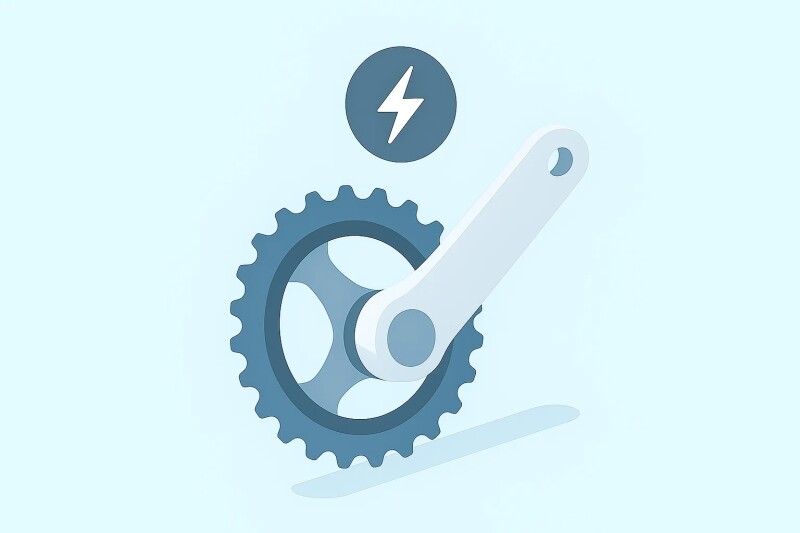







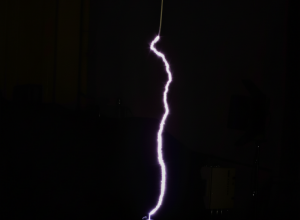
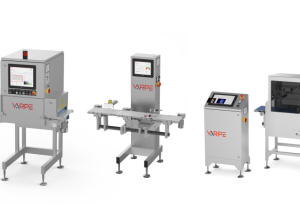
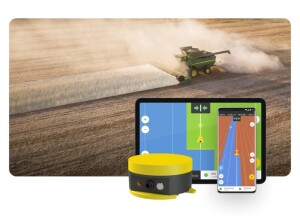
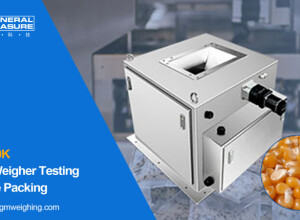







Interested? Submit your enquiry using the form below:
Only available for registered users. Sign In to your account or register here.